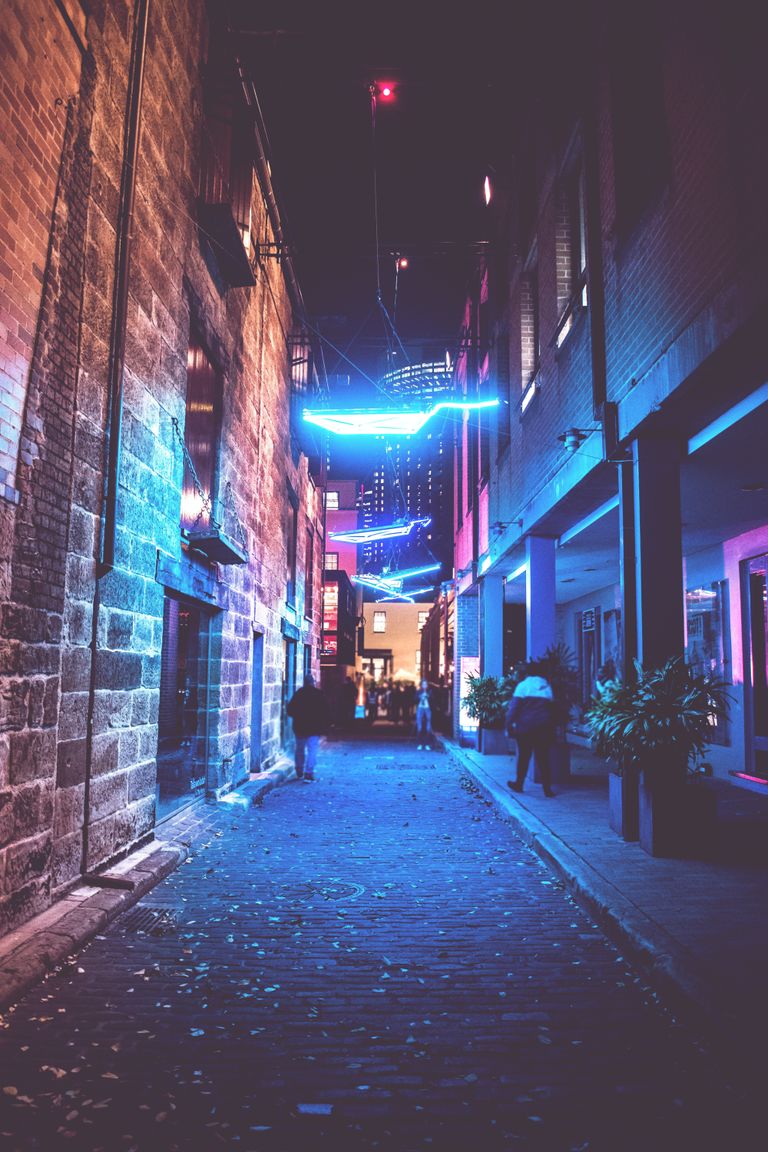Lighting is essential in modern society.Under the Environmental Protection Act 1990, as amended by the Clean Neighbourhoods and Environment Act 2005, some types of light pollution can now be designated a statutory nuisance if proved to be prejudicial to health or a nuisance, both Acts can be found here: However, artificial light that is allowed to illuminate, or intrude upon, areas not intended to be lit - can be a problem.

An example is a neighbours domestic security light spilling into a bedroom and preventing sleep. In law this is seen as unreasonable and a nuisance. It is also unreasonable to expect the complainant to use a black out blind or curtains to resolve the problem. However,
it is likely that these activities would be subject to planning restrictions which would assess the impact on the local amenity.
Premises used for transport purposes, or those where high levels of light are required for safety and security reasons, are excluded from the act. These include airports, harbours, railway and bus stations, goods vehicle depots, public service vehicle operating centres, prisons, lighthouses and defence premises.Before going to the expense and effort of installing lighting ask yourself a few simple questions.
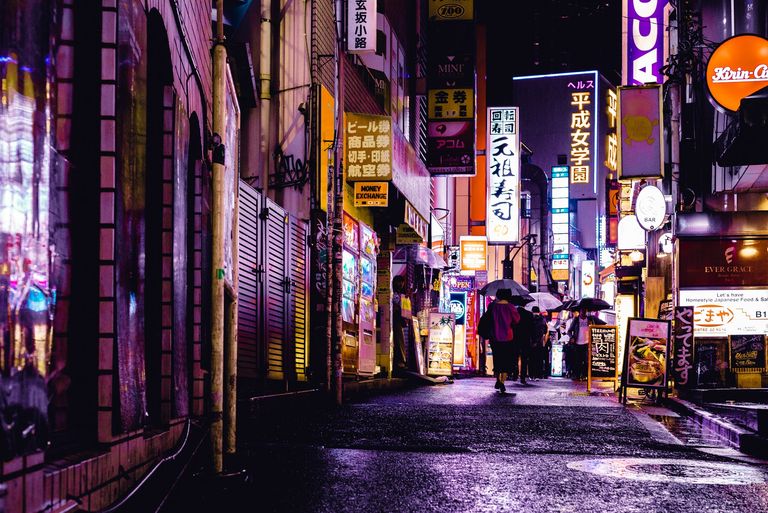
Is lighting necessary? If lighting is necessary, a number of measures can be taken to avoid causing a nuisance.
Do the lights have to be on all night - over advertising hoardings or in empty car parks?
Is it the right amount of light for the task?Could safety or security be achieved by other measures such as screening?
Make sure that lights are correctly adjusted so that they only illuminate the surface intended and do not throw light on to neighbouring property. Domestic security lights only need a 150W lamp - high power (300/500) lamps create too much glare reducing security and all night porch lights only need a 9W bulb.
If the direct approach does not work - or you are unable to approach your neighbour - consider mediation. An independent third party will talk to both sides to reach an agreement or compromise. Contact your local mediation service, UNITE, on 01642 311633 - other services are available.

To reduce the effect of glare, main beam angles of all lights should be below 70 degrees from a vertical plane/wall.
Security lights should be adjusted so that they only pick up the movement of persons in the area intended and not beyond.
Direct light downwards - if up-lighting has to be used install shields or baffles above the lamp to reduce the amount of wasted light.
Use a timer to avoid lighting during unsocial hours.
Your Options
Often the person causing the problem is simply unaware. Try approaching them first to explain the situation. In most cases all that is required is the proper placement of fixings, sensors and shielding accessories - or replacement to lower wattage bulbs.
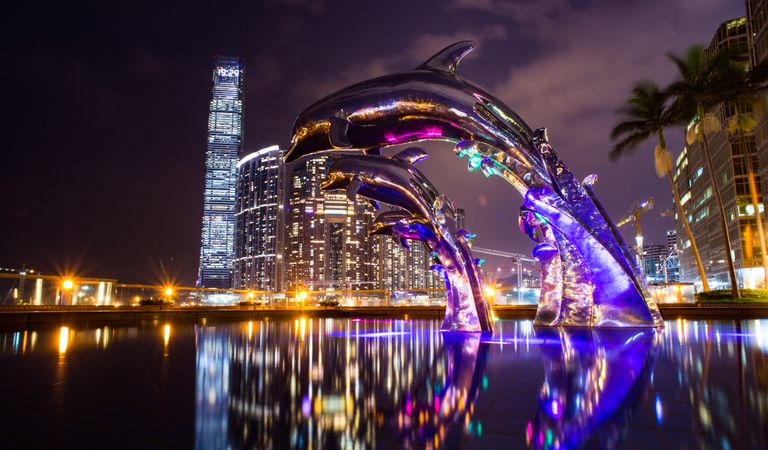
When we receive complaints about lighting nuisance we adopt a balanced and managed approach to investigating them - seeking to resolve most cases informally. Local Authorities have a duty to investigate nuisance complaints to determine if a statutory nuisance exists.
A statutory nuisance is an unreasonable emission of light that significantly affects the way you use and enjoy your property - it is more than annoyance or mere detection of light. In determining a nuisance other factors will be considered such as the time of the day, location, duration, frequency and effect.
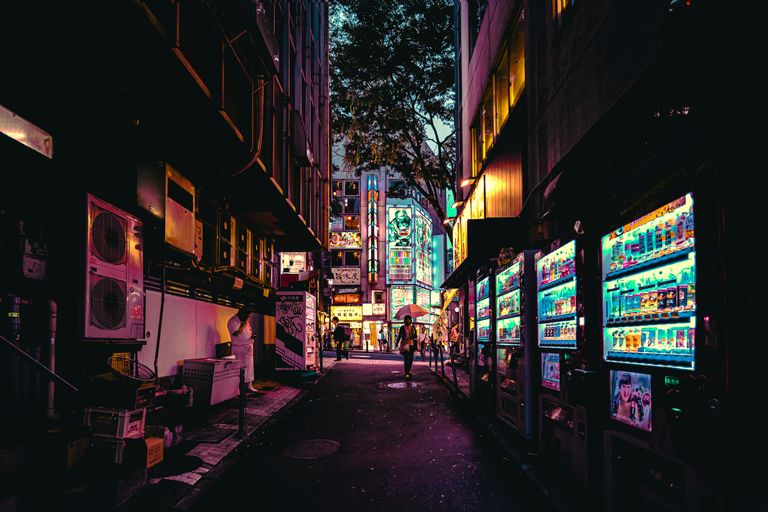
The investigation Process
We will write to the person responsible for the lighting advising that a complaint has been received and asking them not to cause a nuisance to properties around them. We will aim to do this within five working days. Further informal advice will be given as necessary.
Complainants details are kept confidential and are not released to the nuisance maker unless agreed - however situations may occur where it will be self-evident who is affected.
Complainants will be asked to complete a diary of when and how the lighting affects the use and enjoyment of their property.
If diaries are not returned within six weeks the complaint will be closed.
If completed diaries indicate that a statutory nuisance could be occurring officers will make an appointment to visit the complainants property during the hours of darkness to make an assessment.!
light pollutin (7).jpg
If evidence shows that a statutory nuisance exists an Abatement Notice will be served to prohibit its recurrence or restrict the lighting. The effect of the notice is to make any further occurrence of the nuisance a criminal offence punishable, on conviction in the Magistrates Court, by a fine not exceeding £5,000. This rises to £20,000 in the case of commercial premises.
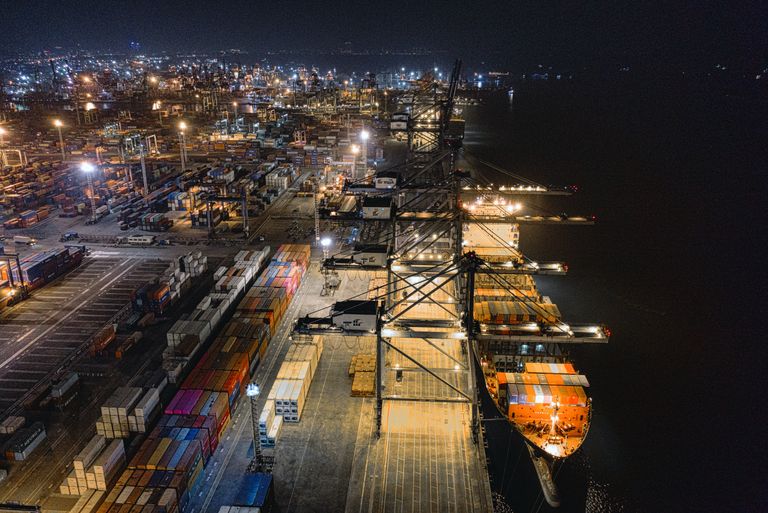
If further formal action is necessary, the Council must be able to justify its action in court. Complainants will be asked to provide a witness statement and may be required to attend court as a witness. However, this only happens in a minority of cases. If you have a complaint and would not be prepared to go to court we may not be able to resolve the case.
Taking private action
Regardless of our investigation, private action can be taken by complaining directly to the Magistrates Courts under Section 82 of the Environmental Protection Act 1990. If the Court is convinced there is a case it will make an order requiring the nuisance to be abated and prohibit its recurrence.
